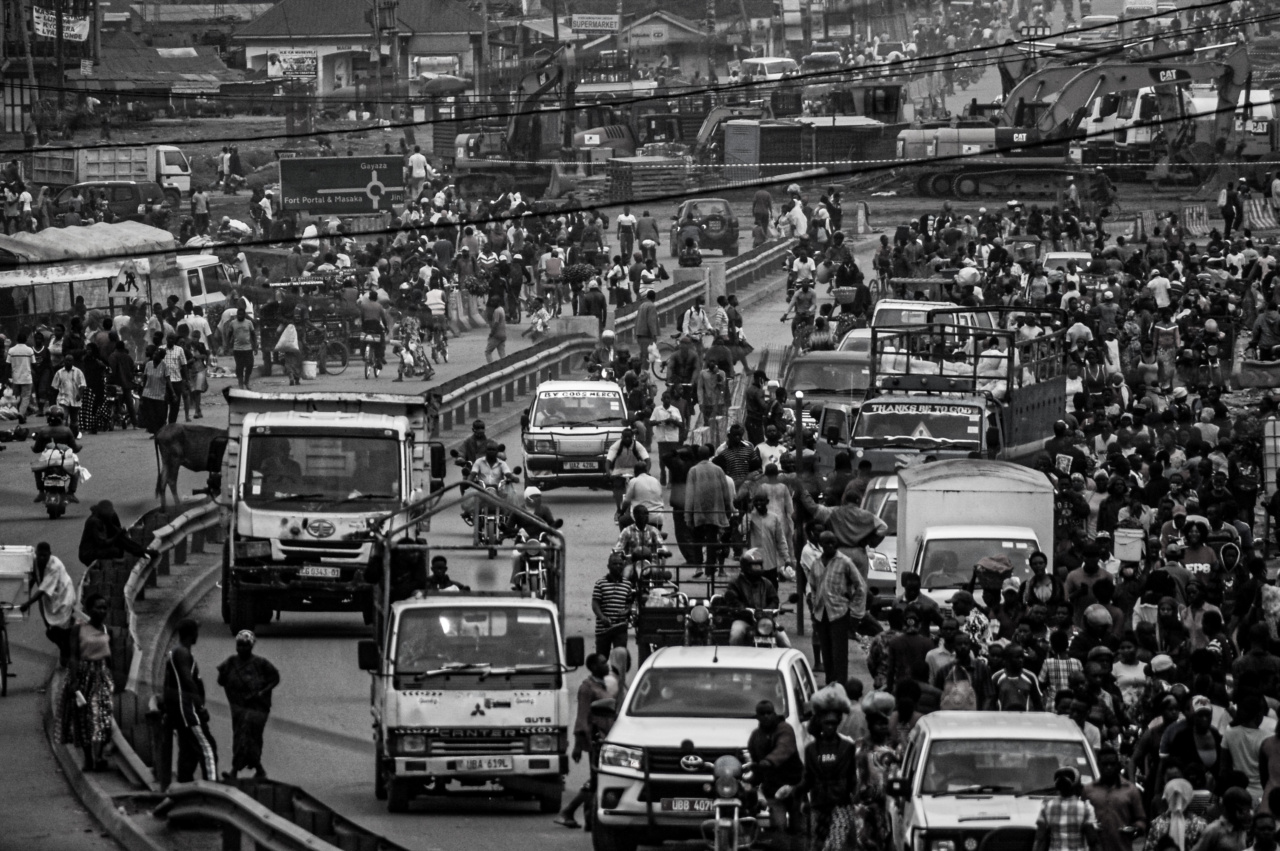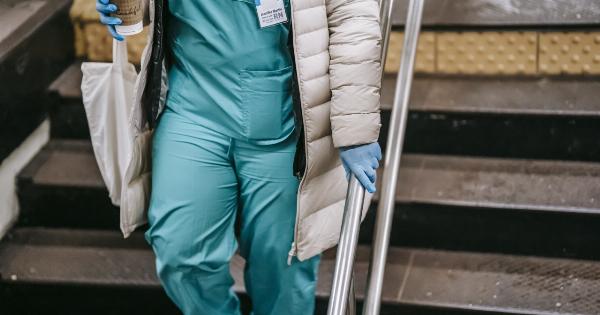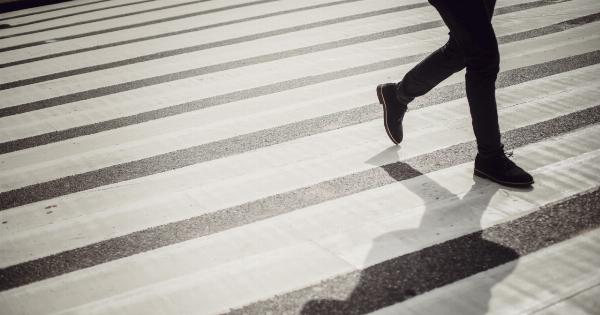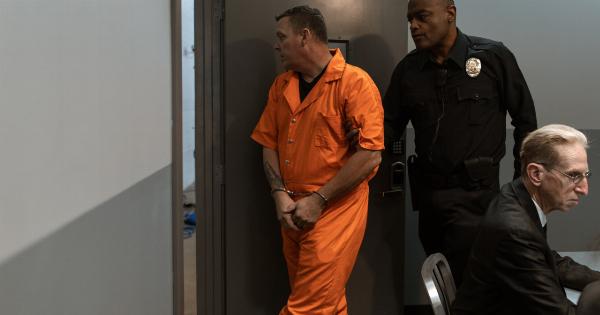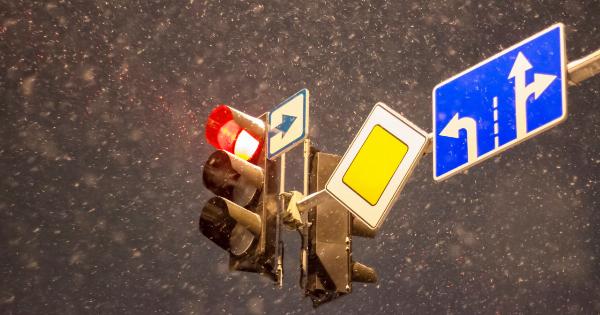Walking is an activity that many of us engage in daily. Whether it’s to commute to work, run errands, or simply enjoy a leisurely stroll, pedestrians are a common sight on the streets of cities and towns worldwide.
However, recent times have witnessed a concerning surge in pedestrian accidents, resulting in injuries and fatalities. This article aims to shed light on this alarming trend, examine its causes, and explore potential solutions to ensure the safety of pedestrians in our communities.
Understanding the Scope of the Issue
The statistics surrounding pedestrian accidents are sobering.
According to a report by the World Health Organization (WHO), more than 270,000 pedestrians lose their lives on the world’s roads each year, accounting for about 22% of all road traffic deaths. Additionally, countless pedestrians suffer non-fatal injuries, oftentimes leaving them with long-term disabilities and psychological trauma.
While pedestrian accidents occur worldwide, certain regions bear a higher burden. For example, the United States has seen a dramatic rise in pedestrian fatalities in recent years, reaching the highest levels in over three decades.
Similarly, many densely populated cities around the globe are grappling with increasing rates of pedestrian accidents, necessitating urgent attention and action.
The Contributing Factors
A confluence of factors contributes to the surge in pedestrian accidents. Understanding these factors is crucial to develop effective strategies for prevention. Some of the prominent elements include:.
1. Distracted Driving
In today’s digitally connected world, distracted driving has become a prevalent issue. The use of mobile phones, whether for texting, calling, or browsing social media, diverts drivers’ attention from the road.
Consequently, they become more likely to miss pedestrians, resulting in accidents and injuries.
2. Speeding and Reckless Driving
Speeding and reckless driving have a direct impact on pedestrian safety. When vehicles exceed speed limits or engage in dangerous maneuvers, they require longer braking distances and have reduced reaction times.
This poses a higher risk to pedestrians who may unexpectedly cross the street or be caught off-guard.
3. Inadequate Infrastructure
The quality and design of infrastructure, including sidewalks, crosswalks, and traffic signals, play a crucial role in ensuring pedestrian safety.
In many cases, inadequate infrastructure fails to provide clear guidance or safe passage for pedestrians, increasing the likelihood of accidents.
4. Lack of Pedestrian Education
Many pedestrian accidents could be prevented through increased awareness and education. Proper pedestrian education programs can teach individuals about road safety, crossing techniques, and the importance of being visible to drivers.
By equipping pedestrians with the necessary knowledge, they can make informed decisions that contribute to their safety.
5. Driver Behavior and Attitudes
Driver behavior and attitudes towards pedestrians also significantly influence the number of accidents. Aggressive driving, failure to yield, and disregard for crosswalks all contribute to an unsafe environment for pedestrians.
Promoting a culture of respect and understanding between drivers and pedestrians is essential to mitigate accidents.
Addressing the Issue
Given the multifaceted nature of the problem, addressing the surge in pedestrian accidents requires a comprehensive approach involving various stakeholders and strategies. Some potential measures to reduce pedestrian accidents include:.
1. Improved Infrastructure
Investing in well-designed infrastructure that prioritizes pedestrian safety is crucial. This includes creating wider sidewalks, installing sufficient lighting, and implementing traffic-calming measures such as speed bumps and roundabouts.
Efforts should also focus on improving crosswalks with visible signage and signals to enhance pedestrian visibility and awareness.
2. Traffic Law Enforcement
Strict enforcement of traffic laws can contribute to safer road environments for pedestrians. Harsher penalties for distracted driving, speeding, and failure to yield can act as deterrents and encourage responsible driving habits.
Police presence, speed cameras, and public awareness campaigns can reinforce the importance of complying with traffic regulations.
3. Public Awareness Campaigns
Educating both drivers and pedestrians through widespread awareness campaigns can help alter behaviors and reduce accidents.
These campaigns can focus on the importance of pedestrian safety, responsible driving practices, and the potential consequences of negligence. Utilizing various media platforms, such as television, radio, and social media, can help reach a broader audience effectively.
4. Increased Pedestrian Education
Introducing comprehensive pedestrian education programs in schools, community centers, and workplaces is vital. These programs can educate individuals about traffic rules, proper crossing techniques, and the significance of being vigilant while walking.
Additionally, targeted initiatives for people with disabilities or older adults can provide tailored guidance to ensure their safety.
5. Technology and Innovation
Advancements in technology offer promising avenues for reducing pedestrian accidents. The integration of sensors, cameras, and intelligent transportation systems in vehicles can enhance pedestrian detection and provide real-time warnings to drivers.
Similarly, smartphone applications and wearable devices can alert pedestrians to potential dangers and offer assistance in navigating busy areas.
Conclusion
The surge in pedestrian accidents is a pressing concern that demands urgent attention and a collaborative effort from various sectors.
By addressing the contributing factors, raising public awareness, improving infrastructure, enforcing traffic laws, and prioritizing pedestrian education, communities can work towards creating safer environments for pedestrians. It is crucial to recognize that each individual has a role to play in this collective endeavor to ensure the well-being and safety of pedestrians on our roads.
